7 Tips to Know About Top Things to Know Before Buying Types of Gardening
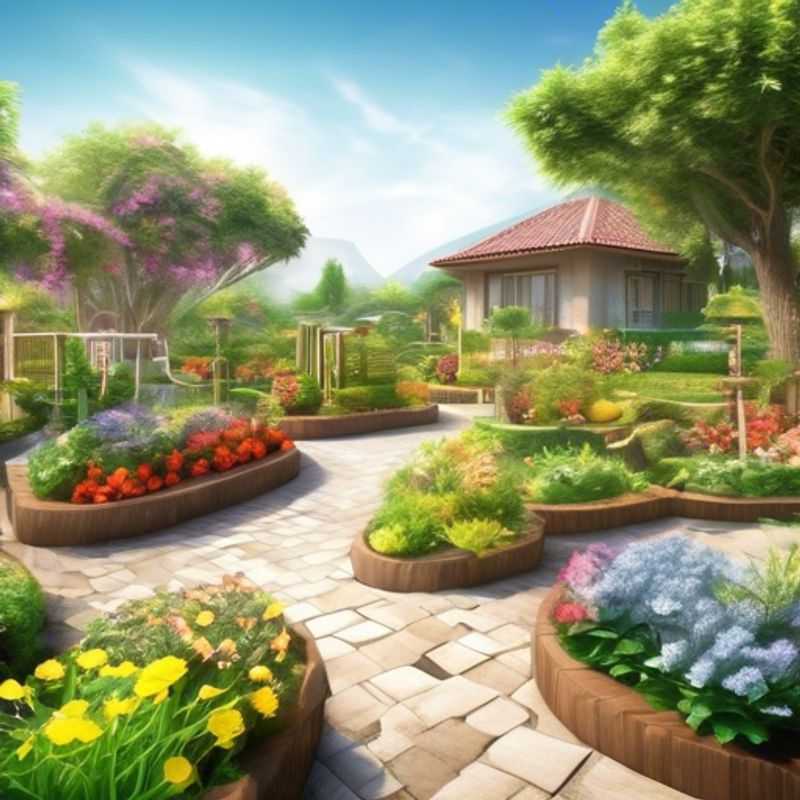
7 Tips to Know Before Buying Types of Gardening: A Guide for the Curious Green Thumb
Ah, gardening! A delightful pursuit that brings us closer to nature and yields delicious rewards. Before diving into the wonderful world of gardening, there are a few key considerations to make, ensuring a fulfilling and fruitful experience. Let's delve into the crucial steps to take before you choose your gardening style.
Firstly, determining the type of garden you envision is paramount. Do you yearn for a vibrant vegetable patch bursting with fresh produce? Or perhaps a fragrant flower garden to attract pollinators? Maybe an aromatic herb garden for culinary delight? Each type demands unique considerations and approaches.
Next, researching the climate and soil conditions of your area is essential. Understanding these factors allows you to select plants that thrive in your specific environment. This knowledge will help you avoid costly mistakes and ensure your garden flourishes.
The amount of sunlight your garden receives also plays a significant role in plant selection. Some plants thrive in full sun, while others prefer shade.
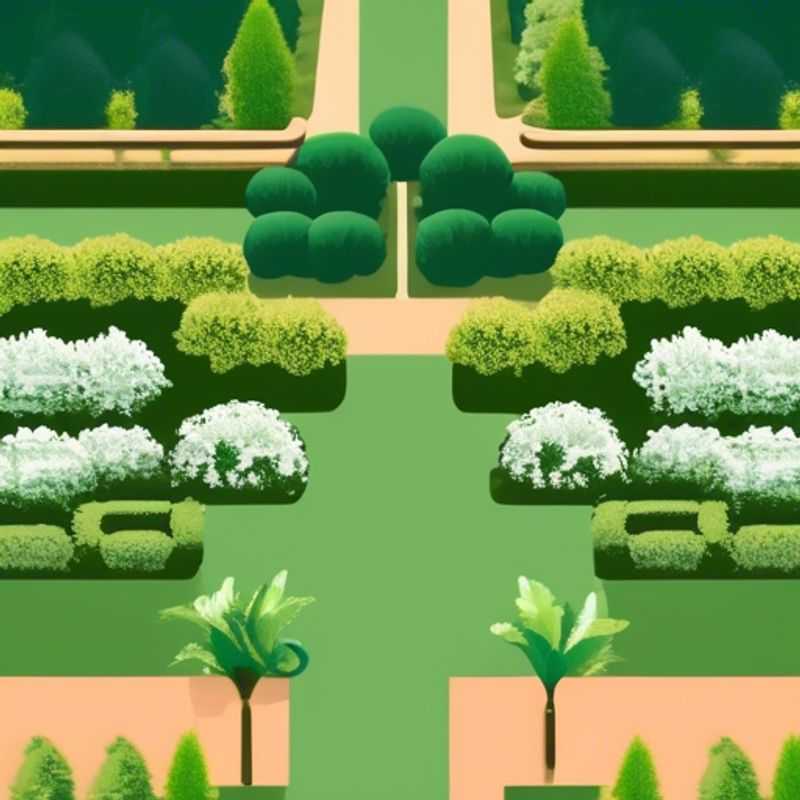
Know Your Garden, Know Your Plants: Choosing the Right Green Companions
Planning your garden starts with defining its purpose. Are you aiming for a vibrant display of colors with a flower garden? Or perhaps you're looking to grow your own fresh produce in a vegetable garden? Maybe you're drawn to the aromatic world of herbs in a herb garden.
Choosing the right plants is crucial for a thriving garden. Flower gardens flourish with blooms that attract pollinators and offer aesthetic beauty. Vegetable gardens, on the other hand, require sun-loving plants that produce edible fruits and vegetables. Herb gardens, with their versatility, can be a mix of both sun and shade-tolerant plants, offering culinary and medicinal benefits.
Once you've identified the type of garden, research the specific needs of your chosen plants. Factors like sunlight exposure, soil type, and climate play a significant role in their growth and success. Consider investing in a soil test to ensure you have the right nutrients for your chosen plants.
Remember, planning is key for a successful garden. With careful consideration of your garden's purpose and plant preferences, you'll set the stage for a thriving and rewarding gardening experience.

Green Thumbs Up: Matching Your Garden to the Climate and Soil
To get the best out of your garden, understanding the climate and soil conditions of your area is crucial. This will help you select the right plants and practices for thriving growth.
Your local weather patterns, including temperature extremes, humidity levels, and average rainfall, greatly influence which plants will thrive. Consult online resources like weather websites or local gardening guides to get an overview of your area's climate. For example, if your area has a cold winter, you might consider selecting cold-hardy vegetables and flowers.
Soil analysis provides valuable insights into your soil's composition, pH level, and nutrient content. This information helps you determine if you need to amend your soil to support your chosen plants. Some local nurseries offer soil testing services. Alternatively, you can purchase DIY soil test kits which can provide useful information.
Armed with knowledge about your climate and soil, you can select plants that will thrive in your specific conditions. Consider factors such as the amount of sunlight your garden receives, the soil's drainage, and the plants' tolerance to frost, drought, or humidity. This knowledge is essential to ensure you select plants that are well-suited to your environment.
Remember that gardening is an ongoing learning process. Stay informed about the specific requirements of your chosen plants, adapt your practices based on the feedback you receive from your garden, and enjoy the fruits of your labor.
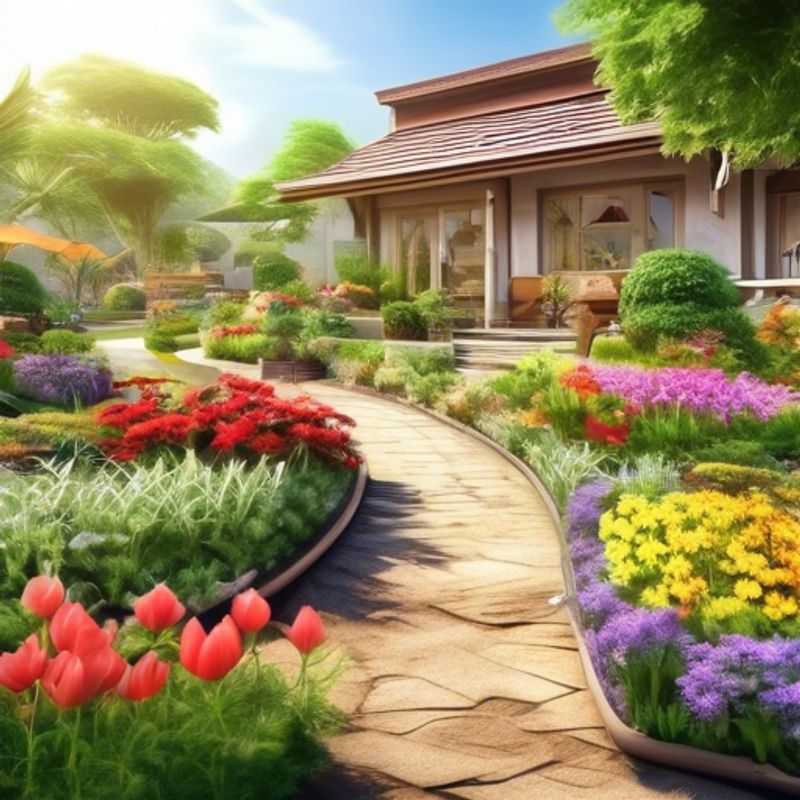
Sunlight Savvy: Choosing Plants Based on Your Garden's Light
Choosing the right plants for your garden is crucial for their success. Sunlight plays a vital role in a plant's growth and development. To ensure your plants thrive, you must consider the amount of sunlight your garden receives.
Different plants have different sunlight needs. Full sun plants require at least 6 hours of direct sunlight daily. These include sunflowers, tomatoes, and lavender. Partial sun plants thrive with 4-6 hours of sunlight, while shade-tolerant plants prefer 2-4 hours. Hostas, ferns, and impatiens fall into this category.
Knowing the amount of sunlight your garden receives is essential for choosing the right plants. If you plant shade-loving plants in a full-sun area, they may struggle to thrive, leading to stunted growth and poor flowering. Similarly, placing sun-loving plants in the shade can result in weak growth and susceptibility to pests and diseases.
When planning your garden, consider the sunlight exposure of different areas. Observe your garden throughout the day, noting which spots receive direct sunlight and for how long. You can also use a sun-tracking app to get a more accurate picture.
Don't forget to take into account the surrounding structures. Buildings, trees, and fences can cast shadows, reducing the amount of sunlight reaching certain areas.
By carefully considering the sunlight needs of your plants and choosing accordingly, you'll set the stage for a thriving and beautiful garden. Remember, the right amount of sunlight is crucial for healthy plant growth and stunning blooms.

Designing Your Garden: Size & Layout for Diverse Gardening Styles
The size and layout of your garden are crucial for accommodating different gardening styles. A good plan considers the space available, the amount of sunlight, and your preferences for planting.
For vegetable gardening, a rectangular layout is practical. Ensure ample sunlight for optimal growth and plan for walkways to make tending easier. Consider raised beds for better drainage and easier access.
Flower gardens benefit from diverse layouts. Curved pathways and circular beds add visual interest. Use smaller spaces for container gardens to enhance the aesthetics.
Fruit trees need ample space. Plan for their eventual size and consider their root systems. Ensure they receive adequate sunlight, especially for fruiting.
Herbs thrive in sunny spots. Designate a dedicated herb garden or incorporate them into your flower beds. You can also grow herbs in containers for maximum flexibility.
Shade gardens are perfect for areas with limited sunlight. Choose plants that thrive in shade and use tall, leafy plants to create a layered effect. Consider using a combination of plants for visual interest.
When planning, consider the cost. Raised beds, trellises, and other structures can add to your expenses. Remember to factor in the cost of soil, plants, and tools. You can save money by using recycled materials and starting seeds instead of purchasing plants.
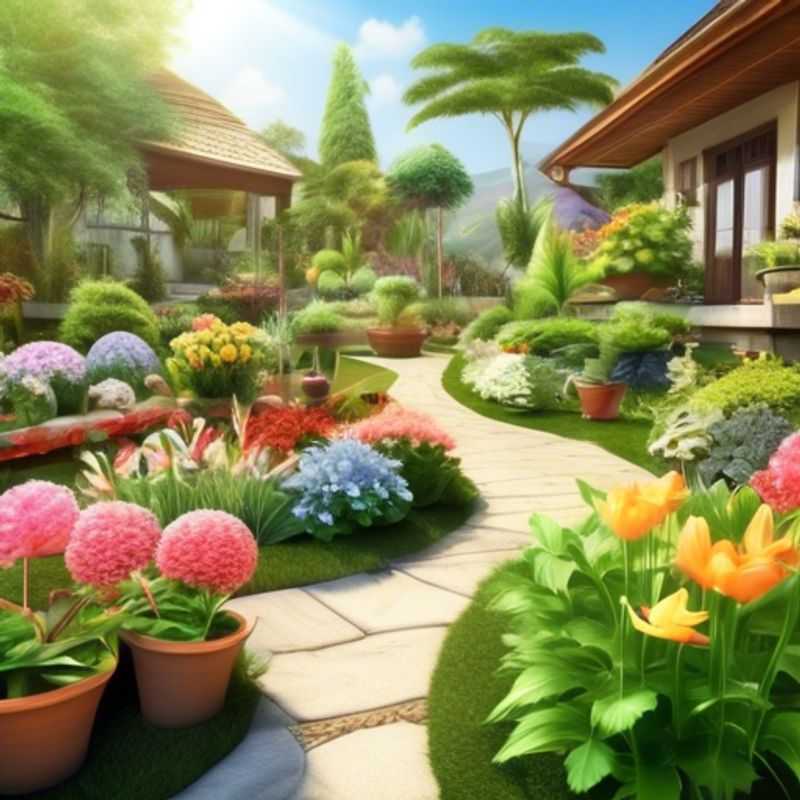
Watering Wisdom: A Guide to Understanding Plant Thirst
Understanding the water needs of your garden is crucial for its health and success. Different gardening types require varying amounts of water, so it's essential to tailor your watering practices accordingly. Here's a quick guide to water requirements for various garden types:
Vegetable Gardens: These gardens require consistent moisture, especially during the growing season. Aim for deep watering, allowing the soil to soak up the water thoroughly, but avoid overwatering. A good rule of thumb is to water deeply once or twice a week.
Flower Gardens: Many flowering plants prefer well-drained soil that isn't constantly wet. Overwatering can lead to root rot. Water deeply but less frequently, allowing the top inch of soil to dry out between waterings.
Herb Gardens: Herbs are generally drought-tolerant and prefer drier conditions. They can be overwatered easily, so water sparingly, only when the soil is dry.
Ornamental Gardens: The water needs of ornamental plants vary greatly depending on the species. Refer to plant labels or online resources for specific watering requirements.
Factors influencing water needs: Several factors can affect a garden's water requirements. These include:
- Climate: Hot and dry climates necessitate more frequent watering.
- Soil type: Sandy soil drains quickly, requiring more frequent watering, while clay soil retains water for longer periods.
- Plant type: Different plant species have varying water requirements.
Water conservation tips:
- Use a watering can or hose with a nozzle to direct water to the roots, minimizing evaporation.
- Water in the early morning or evening, when temperatures are cooler and less water is lost to evaporation.
- Mulch your garden beds to retain moisture and suppress weed growth.
Regularly monitoring your garden for signs of drought stress, such as wilting or browning leaves, and adjusting your watering accordingly.
By familiarizing yourself with the water requirements of your garden types and employing water conservation techniques, you can ensure the health and vitality of your plants, promoting a thriving and beautiful garden.
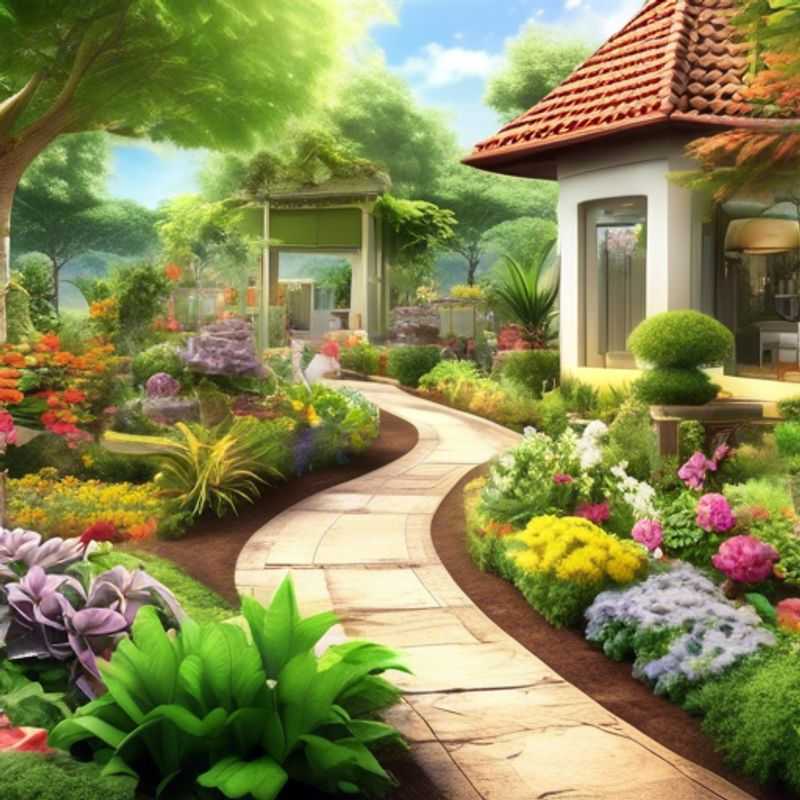
Gardening Green: A Guide to Maintenance Needs for Different Styles
Gardening is a rewarding hobby, but it also requires consistent maintenance. The type of garden you have will determine the specific tasks you'll need to perform. Here's a quick overview of maintenance needs for different gardening types:
Flower Gardens: These require regular watering, weeding, and deadheading (removing spent blooms) to encourage continuous flowering. Fertilizing is important, especially during peak bloom periods. Some flowers may need staking for support.
Vegetable Gardens: These need regular watering, weeding, and pest control. Some vegetables require specific support structures, like tomato cages. Fertilizing is important for optimal growth and harvest.
Herb Gardens: These often require less maintenance than vegetable gardens. However, regular watering, weeding, and occasional pruning are necessary. You'll need to harvest herbs regularly to encourage continued growth.
Fruit Trees: These need regular watering, pruning, and fertilization. Pests and diseases should be monitored. Depending on the type of tree, you may need to protect them from frost or extreme heat.
Lawns: These require regular mowing, watering, and fertilization. You may need to aerate the lawn to improve drainage and thatch removal. Weed control is also crucial.
Keep in mind that these are just general guidelines. Specific maintenance needs will vary depending on your local climate, soil type, and the specific plants you grow. It's always a good idea to research the requirements of each plant before adding it to your garden.
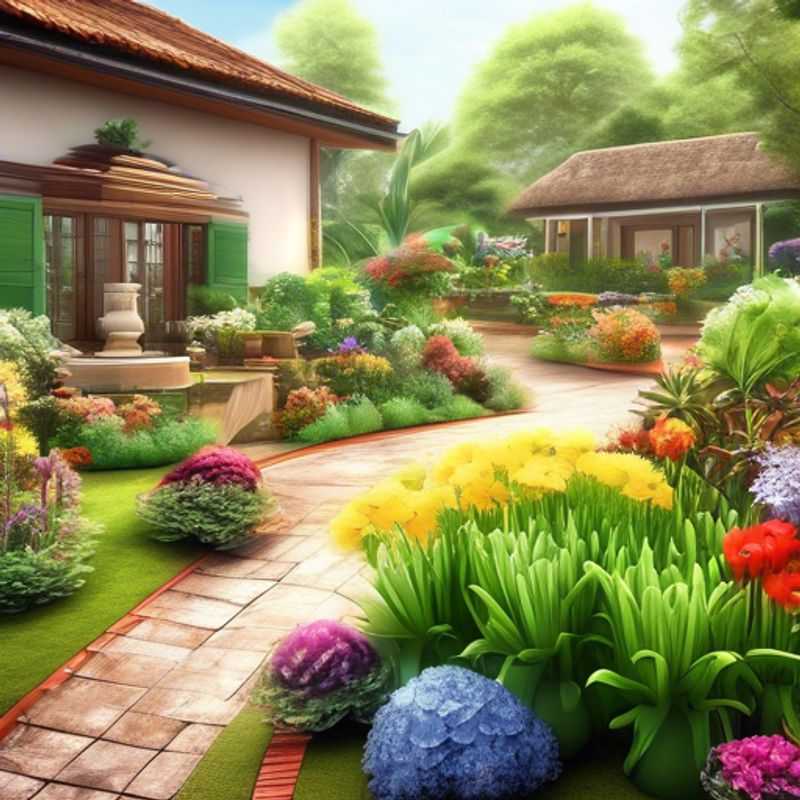
Choosing the Right Garden for You: A Guide to the Pros and Cons of Different Gardening Styles
Choosing the right gardening type can be exciting! Let's dive into the pros and cons of each to make an informed decision.
Container gardening is a great option for small spaces and beginners. You have complete control over the soil and can easily move plants around. However, container gardening requires frequent watering and fertilization, and you might need to consider the potential for wind damage.
In-ground gardening offers the advantage of larger spaces and easier access to nutrients. You can grow a wider variety of plants, and the soil usually retains moisture better. But, in-ground gardening often requires more effort in terms of weeding and pest control.
Raised bed gardening combines the best of both worlds. It offers the benefits of controlled soil and easy access, making it ideal for those with limited mobility or back problems. However, raised beds can be expensive to build and require more frequent watering.
Vertical gardening is a space-saving solution, perfect for small gardens or balconies. It utilizes vertical space and reduces the need for soil. However, it can be challenging to maintain and might require specialized equipment or structures.
Hydroponic gardening is an innovative method using nutrient-rich water instead of soil. It allows for faster growth and can be beneficial in areas with limited space or poor soil quality. However, hydroponic gardening requires specialized equipment, and it might be more expensive than traditional methods.
Ultimately, the best gardening type for you depends on your specific needs and preferences. Consider factors like space, budget, experience level, and desired plant varieties. Remember, research and planning are key to success in any gardening endeavor.
